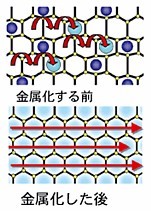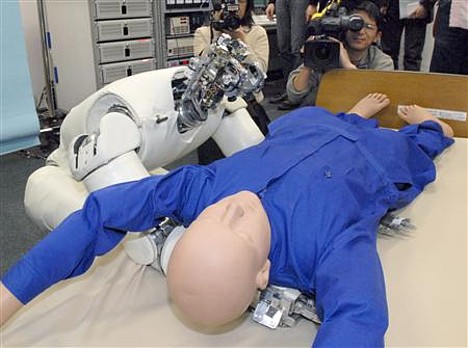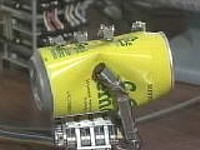 Robots can get away with things that humans cannot. In the Minami area of Osaka, for example, a humanoid robot dressed in a "sailor suit" high school uniform now works the street as a tout for an adult information center that navigates potential customers to local sex clubs. Humans in Osaka are prohibited by law from engaging in such nefarious activity.
Robots can get away with things that humans cannot. In the Minami area of Osaka, for example, a humanoid robot dressed in a "sailor suit" high school uniform now works the street as a tout for an adult information center that navigates potential customers to local sex clubs. Humans in Osaka are prohibited by law from engaging in such nefarious activity.
Since 2005, Osaka law has banned sex club touts from soliciting business on the street. The law also applies to the staff of adult information centers, which guide customers to local establishments such as love hotels, fashion-health massage parlors, cabaret clubs and image clubs. There are 175 of these adult information centers in Osaka prefecture -- more than in any other prefecture in Japan.
But despite the law change, touts have remained on the streets, albeit with slight changes in behavior. Instead of relying on their voice to solicit customers, the touts began to work the streets in silence, using gestures and holding up bright yellow "Ask me!" (Ore ni kike!) signs. Some businesses also made "Ask me!" jackets for their staff. In this way, solicitors have been able to skirt the law by letting potential customers do the approaching.
However, at the end of last month, Osaka law enforcement ordered all sex industry touts to stop carrying signs.
The response this time? Hire a robot to carry the sign. At least, that's what one adult information center has done. The human-sized robo-tout, who used to direct traffic around construction sites, underwent a 500,000 yen ($4,000) upgrade for its new job, which is to attract the attention of passersby by periodically raising and lowering a banner that reads "Ask me!"
The droid's employer foresees no run-ins with the law. "It's a robot, so no problem," says a spokesperson for the information center.


 Tokyo-based
Tokyo-based 
 Fuji Sabo Works, an organization established by Japan's Ministry of Land, Infrastructure and Transport (MLIT) to fight erosion on Mt. Fuji, has released video of a powerful slush avalanche that occurred on Fuji's western side at 8:09 AM on March 25.
Fuji Sabo Works, an organization established by Japan's Ministry of Land, Infrastructure and Transport (MLIT) to fight erosion on Mt. Fuji, has released video of a powerful slush avalanche that occurred on Fuji's western side at 8:09 AM on March 25.  On March 22, a group of Japanese scientists released details of an ambitious proposal calling for the large-scale production of bioethanol made from cultivated seaweed.
On March 22, a group of Japanese scientists released details of an ambitious proposal calling for the large-scale production of bioethanol made from cultivated seaweed. A team of researchers from the Tokyo Institute of Technology (TIT) claim to have developed the world's first electromechanical prosthetic hand with a grip strong enough to crush an empty beverage can.
A team of researchers from the Tokyo Institute of Technology (TIT) claim to have developed the world's first electromechanical prosthetic hand with a grip strong enough to crush an empty beverage can. Mospeng-kun is a tissue-dispensing robot created by
Mospeng-kun is a tissue-dispensing robot created by